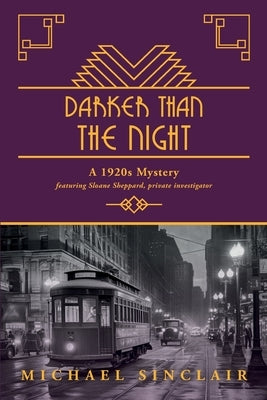Jack (Not Jackie)
$17.99
Smoke in the Distance
$14.99
The Pinos Altos Story
$11.72
Welcome to the friendzone
$11.99
The Devil's Deal
$27.99
Not Forgotten
$18.99
Fugitive of Talionis
$17.99
Queen of Bitter Thorn
$29.99
A Palace of Ruins: Poems
$18.00
I Spy With My Little Die
$16.99
Reckless
$17.99
Studiolo
$21.00
Darker Than The Night
$14.94
Red Tail Down
$13.99
Parker's Pumpkin
$14.99
Anything You Want
$17.99




















































